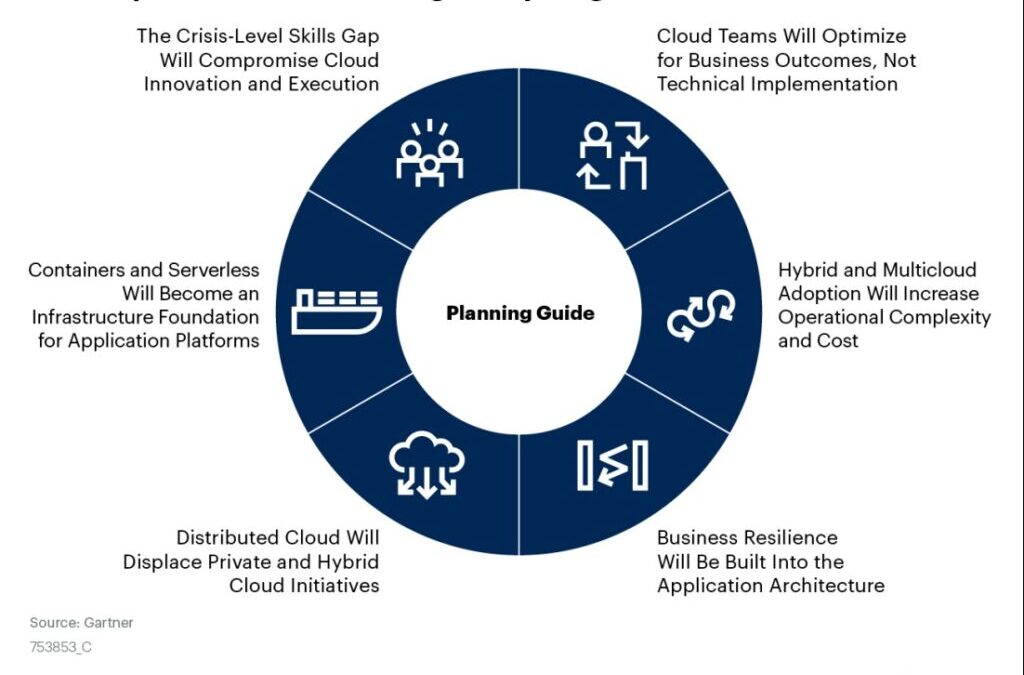Imagine a restaurant having to produce the food items and ingredients required for its operations. While this is possible it introduces complexities and requires more diverse expertise to handle the adjacent fields.
A better and more efficient way will be to use a reliable grocery store to supply these essential ingredients and food items. This will enable the restaurant concentrate on the business of delighting the customers with desired services
Digital Transformation is a change of business strategy to create more value for the customer, where innovative use of technology is a core ingredient. The need for businesses across industries (Retail, Finance, Real estate, Education etc) to digitally transform has become imminent. But this does not need to distract you from your core business, as they must not be the producer of these ‘digital ingredients’ just like a restaurant does not need to be the producer of the ingredients required to run its operations
Similar to grocery store, Cloud Service Providers like AWS, Azure and GCP offer on-demand supply of digital ingredients or resources namely compute, storage, database and value added services like AI and machine learning.
You can focus on understanding the ingredients available and how to apply them to reposition your business and create more value for the customers.
Cloud computing brings many benefits to your digital transformation efforts;
- Speed – You can subscribe to a cloud service and be ready to get started with the implementation within few hours as against months or even years it will take to setup an on premise infrastructure
- Agility – you are able to respond speedily and easily to business needs with the on-demand nature of the Cloud services
- Innovation – you can easily leverage innovative technologies like AI and ML on the cloud
- Scalability – you can easily increase or decrease IT resources based on business need.
- Cost efficiency – You pay for what you use and you do not need upfront investment in infrastructure especially when using public cloud.
While most businesses are already using some form of cloud services mostly this is for non- core applications like e-mail services. Driving DT requires strategic use of cloud technology at the core of the business to gain competitive advantage.
Here are 5 important considerations for cloud adoptions
- Think Business – Your cloud adoption should be business driven not technology driven. Start from what is my business need, then to what is the available technology to address it.
- Think Ease of use – Have a strategy for cloud adoption, this can be a simple guide. A play book to streamline your decisions and make them consistent with your business objectives
- Think Leverage – Look beyond cost savings – think of what service offerings you can leverage to provide more value to your customers or to create a more efficient business model.
- Think tomorrow- digital transformation is a journey not a think long time, what is my exit strategy, am locked in with this vendor?
- Think People Skill – Technology gives you power but it does not tell you what to do with the power. You need skilled people to make the most out of your cloud adoption.
As businesses around the globe strive for a ‘new normal’ post-COVID 19, digital transformation has become more than ever before a necessity for success; and to accelerate digital transformation in today’s fast paced business environment you need to adopt cloud computing.
Most businesses already use some form of public cloud services, but many business are not properly implementing Cloud at the core of the business. Implementations are ad hoc and not strategic hence most of the benefits are not realized. To make the most of cloud computing in accelerating business transformation, adoption has to be strategic, below are some considerations according Gartner in planning your Cloud adoption strategy;
- Build in house cloud skills to enable proper implementation
- Optimize business outcomes not technical implementation
- Adopt Containers as foundation for Application modernization
- Adopt Multi-cloud to avoid vendor lock-in, Consider GCP, AWS, Azure etc.
- Build-in resilience into application architecture using Microservices
- Consider distributed Cloud for the future.
Not sure what cloud computing is? What the video below.
Learn more on accelerating enterprise digital transformation with cloud computing


Recent Comments